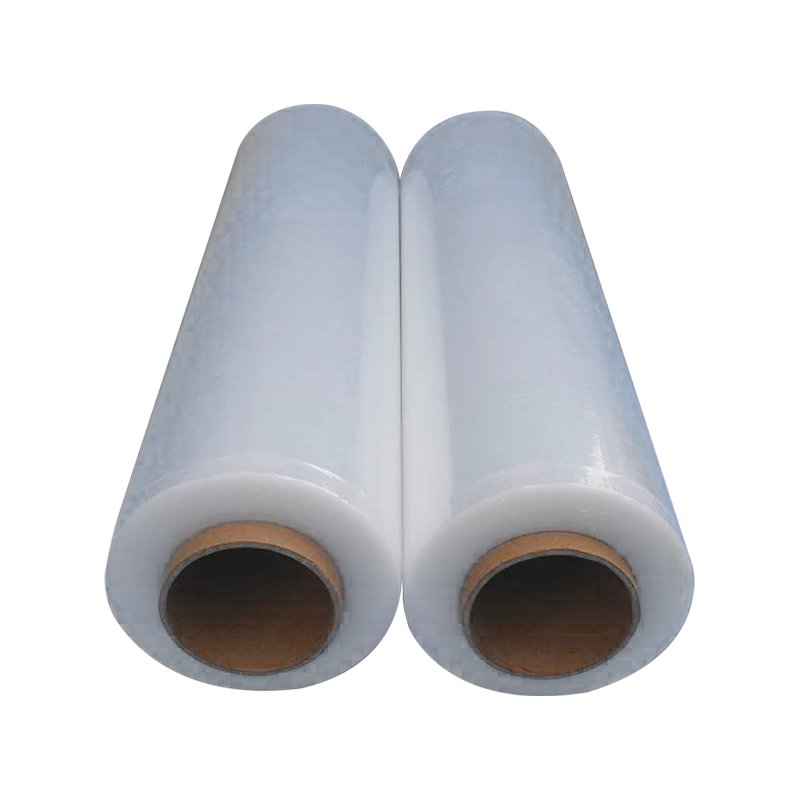Is Your Anti-Static Wrapping Film Truly Sustainable? Exploring Eco-Friendly Manufacturing Practices
For sectors reliant on anti-static wrapping film—such as electronics manufacturing, pharmaceuticals, and aerospace—the question of whether these materials align with green practices has become paramount. After all, packaging isn’t just about protection anymore; it’s about responsibility. So, how does the production of anti-static films stack up against modern eco-friendly standards? Let’s dive into the details.
When evaluating the sustainability of anti-static wrapping film, one of the first considerations is its recyclability. Many manufacturers now prioritize creating films that can be easily reintegrated into the recycling stream without contaminating other materials. This shift not only reduces waste but also supports the circular economy by giving plastic a second life. However, achieving this requires careful material selection during the manufacturing process. High-quality anti-static films often use polyethylene or polypropylene blends, which are inherently more recyclable than multi-layered composites. By avoiding complex laminations and focusing on mono-material designs, producers ensure that their products don’t end up clogging landfills for centuries.
Another critical aspect of sustainable manufacturing lies in eliminating harmful additives like halogens and heavy metals. These substances, commonly found in older formulations of static-resistant packaging, pose significant risks to both human health and the environment. Halogenated compounds, for instance, release toxic fumes when incinerated, contributing to air pollution and respiratory issues. Similarly, heavy metals like lead or cadmium can leach into soil and water systems, causing long-term ecological damage. Modern anti-static wrapping solutions have stepped up to address these concerns by adopting halogen-free and metal-free chemistries. This ensures that even if the film eventually degrades, it won’t leave behind hazardous residues—a win-win for businesses aiming to meet regulatory requirements while protecting the planet.

Beyond material composition, the actual manufacturing process plays a crucial role in determining the overall sustainability of anti-static wrapping film. Energy-efficient production methods, such as using renewable energy sources or optimizing machinery to reduce power consumption, significantly lower the carbon footprint of these products. Additionally, some forward-thinking companies go the extra mile by implementing closed-loop water systems to minimize wastewater generation and employing non-toxic dyes for color options like pink or natural shades. These efforts not only enhance the eco-friendliness of the final product but also resonate with environmentally conscious consumers who value transparency and accountability.
Of course, sustainability isn’t just about what happens in the factory—it’s also about how the product performs in real-world applications. A durable, high-performance anti-static film reduces the need for frequent replacements, thereby cutting down on resource usage over time. For example, films engineered to maintain their static-dissipative properties under varying humidity levels or extreme temperatures offer extended usability, reducing waste and operational costs. Moreover, their ability to shield sensitive components from dust and contaminants ensures fewer defective products, indirectly supporting sustainable outcomes by minimizing electronic waste.
For businesses seeking to make informed decisions, choosing an anti-static wrapping solution that ticks all the sustainability boxes can feel overwhelming. But here’s the good news: many leading manufacturers are already paving the way by adhering to rigorous certifications like RoHS (Restriction of Hazardous Substances) and REACH (Registration, Evaluation, Authorization, and Restriction of Chemicals). These standards guarantee that the films are free from harmful chemicals and safe for both users and ecosystems. Furthermore, partnering with suppliers who provide detailed lifecycle assessments or third-party audits adds another layer of credibility to claims of environmental responsibility.
Ultimately, the push toward greener anti-static wrapping film reflects a broader industry trend: balancing functionality with stewardship. As demand grows for packaging that protects delicate electronics and the planet, innovation will continue to drive progress. Whether you’re safeguarding semiconductors, medical devices, or aerospace components, opting for a sustainably manufactured anti-static film ensures that your operations remain future-proof. After all, protecting our most valuable assets shouldn’t come at the expense of the Earth we call home.

prevNo previous article
nextForeigners Learning to Grow Veggies on Red Note? China’s 1000-Year-Old Farming Wisdom Goes Global!



 English
English 中文简体
中文简体 Español
Español
















